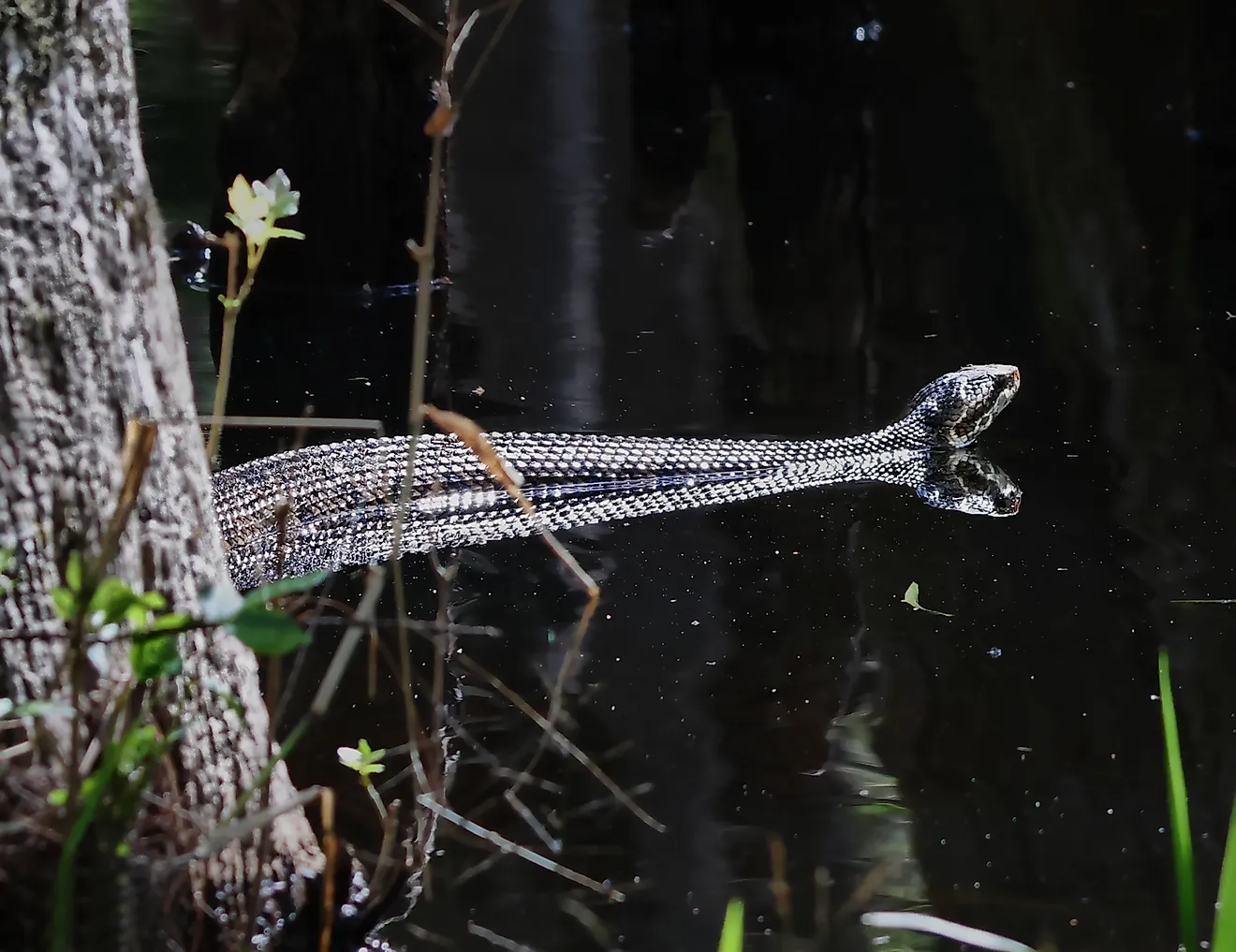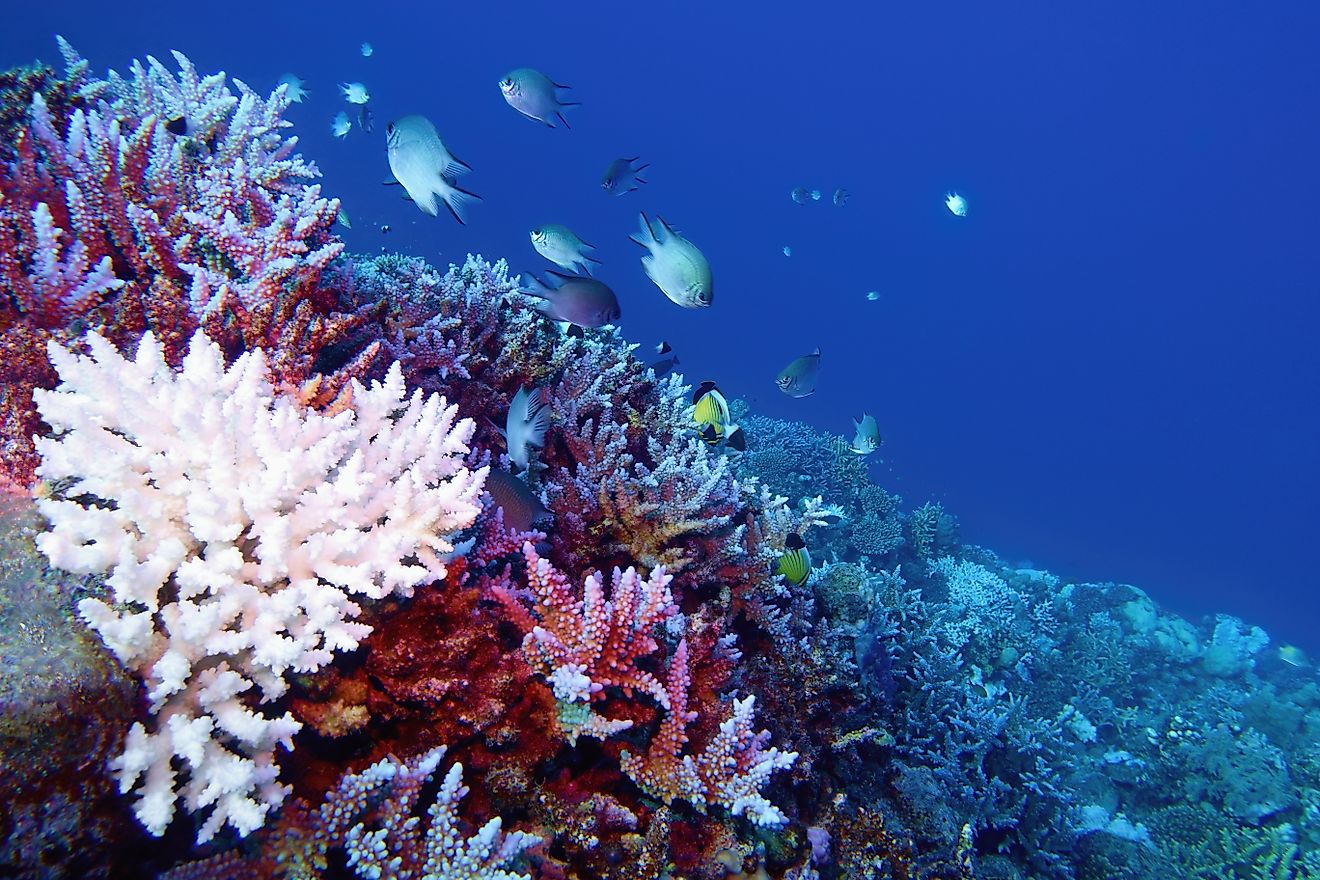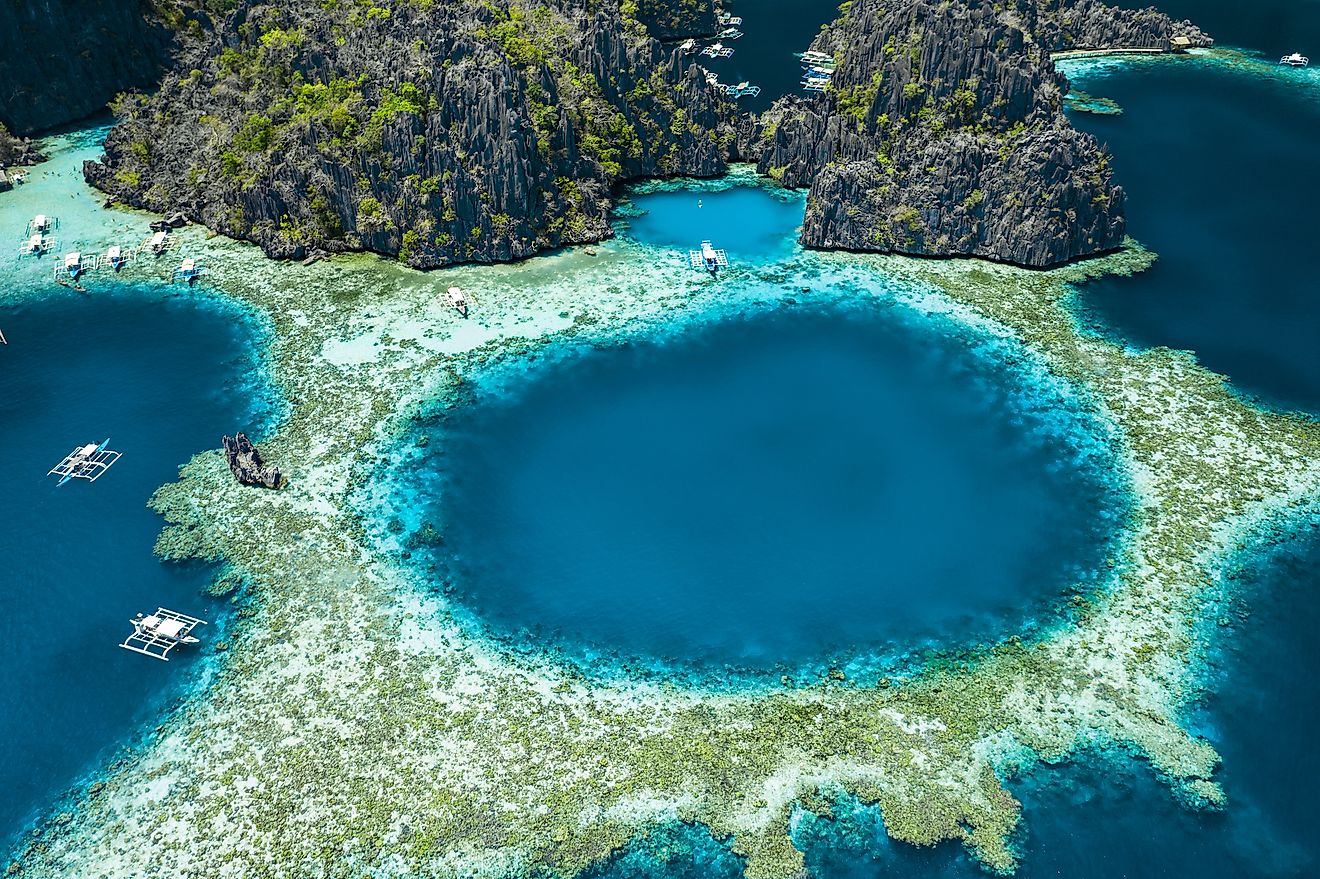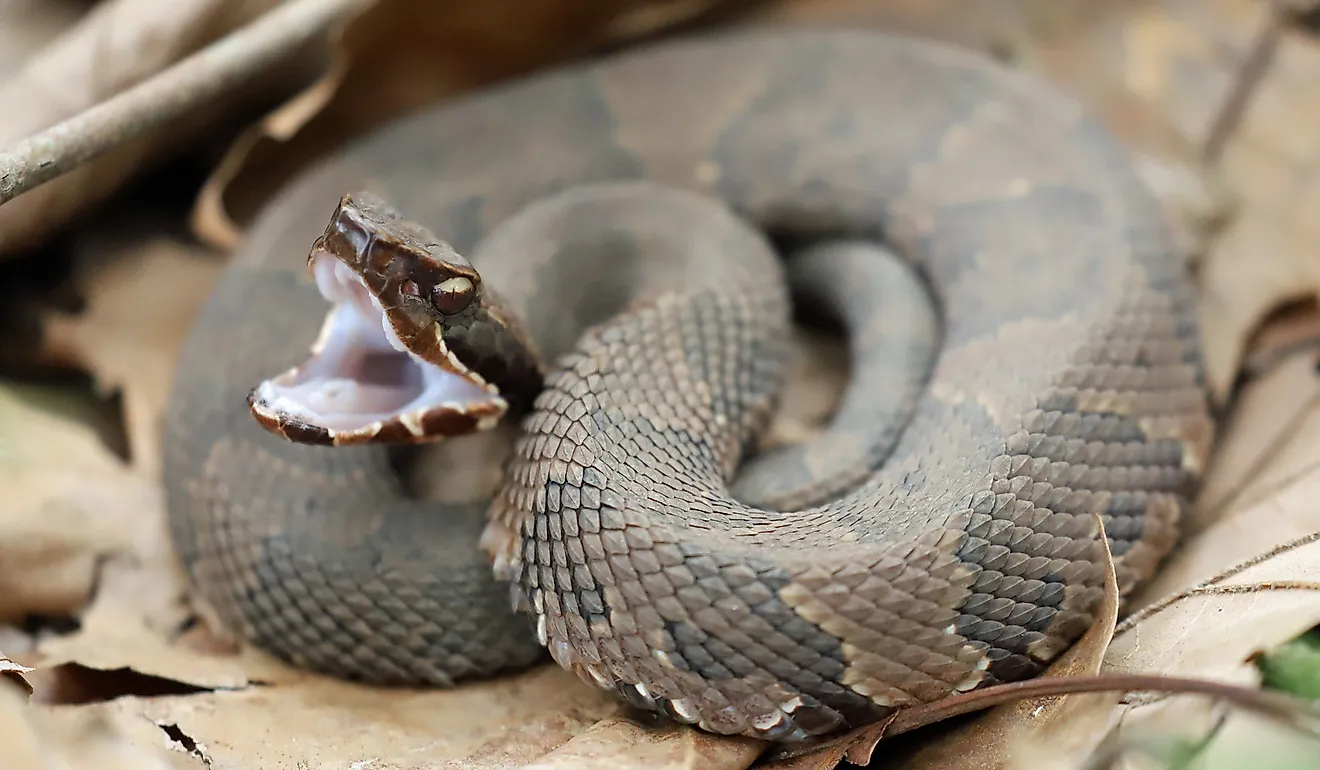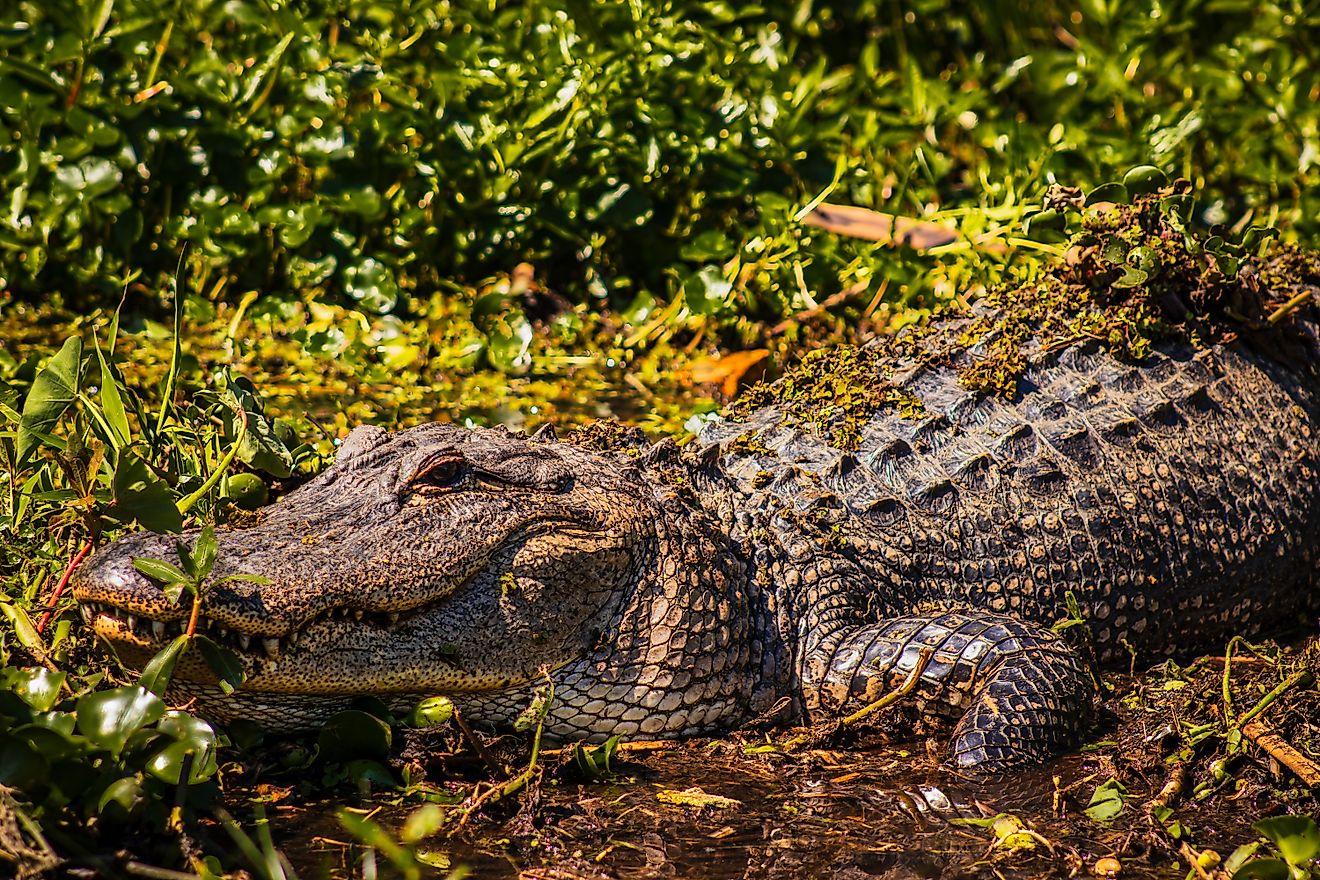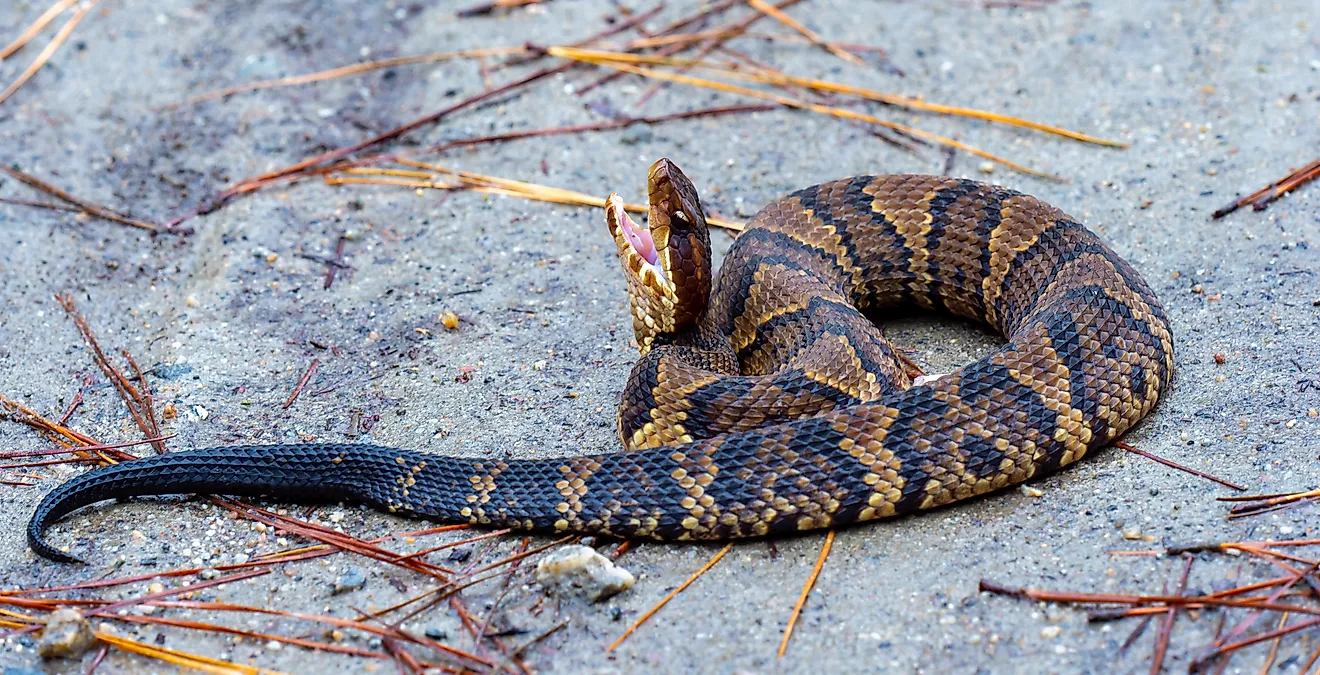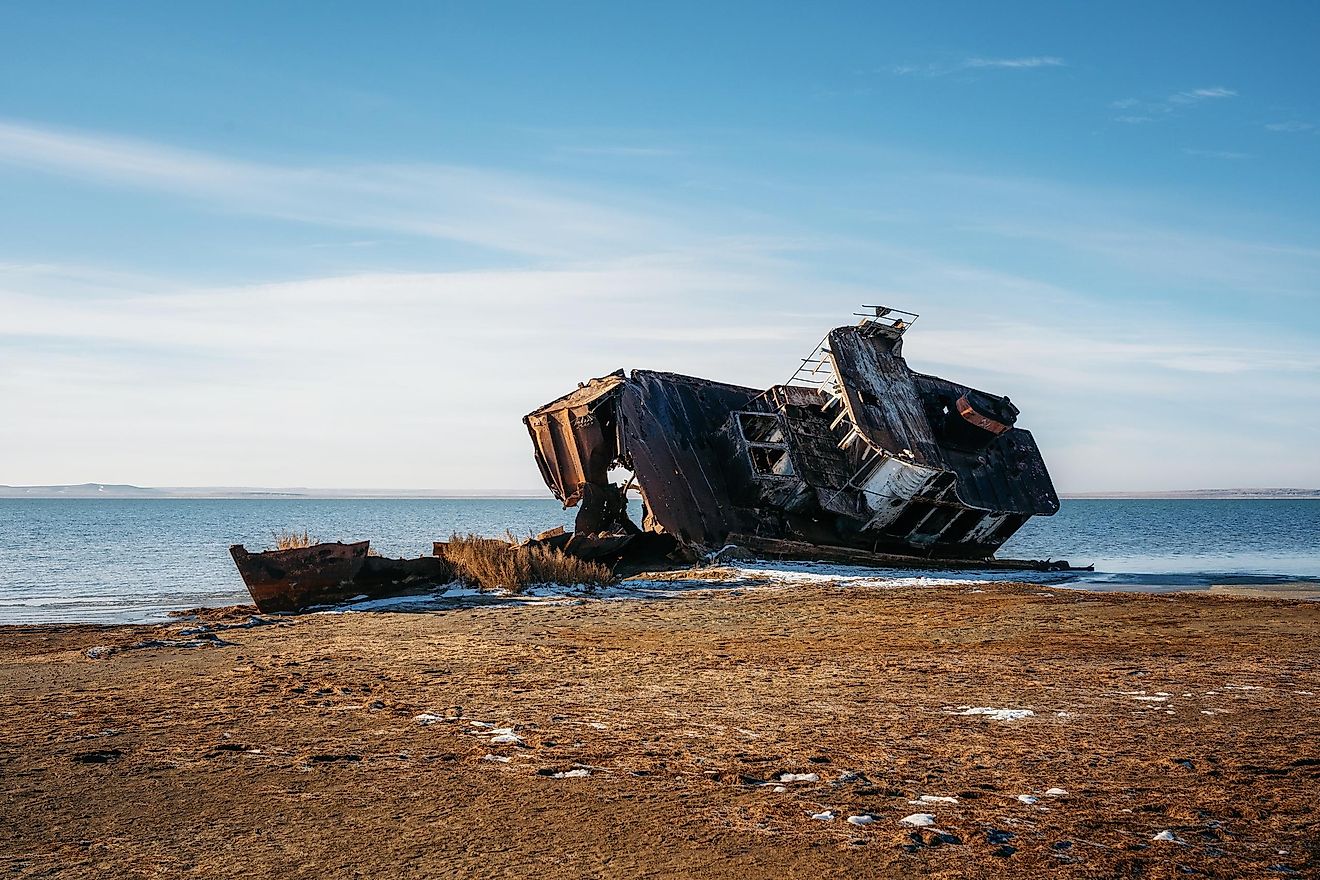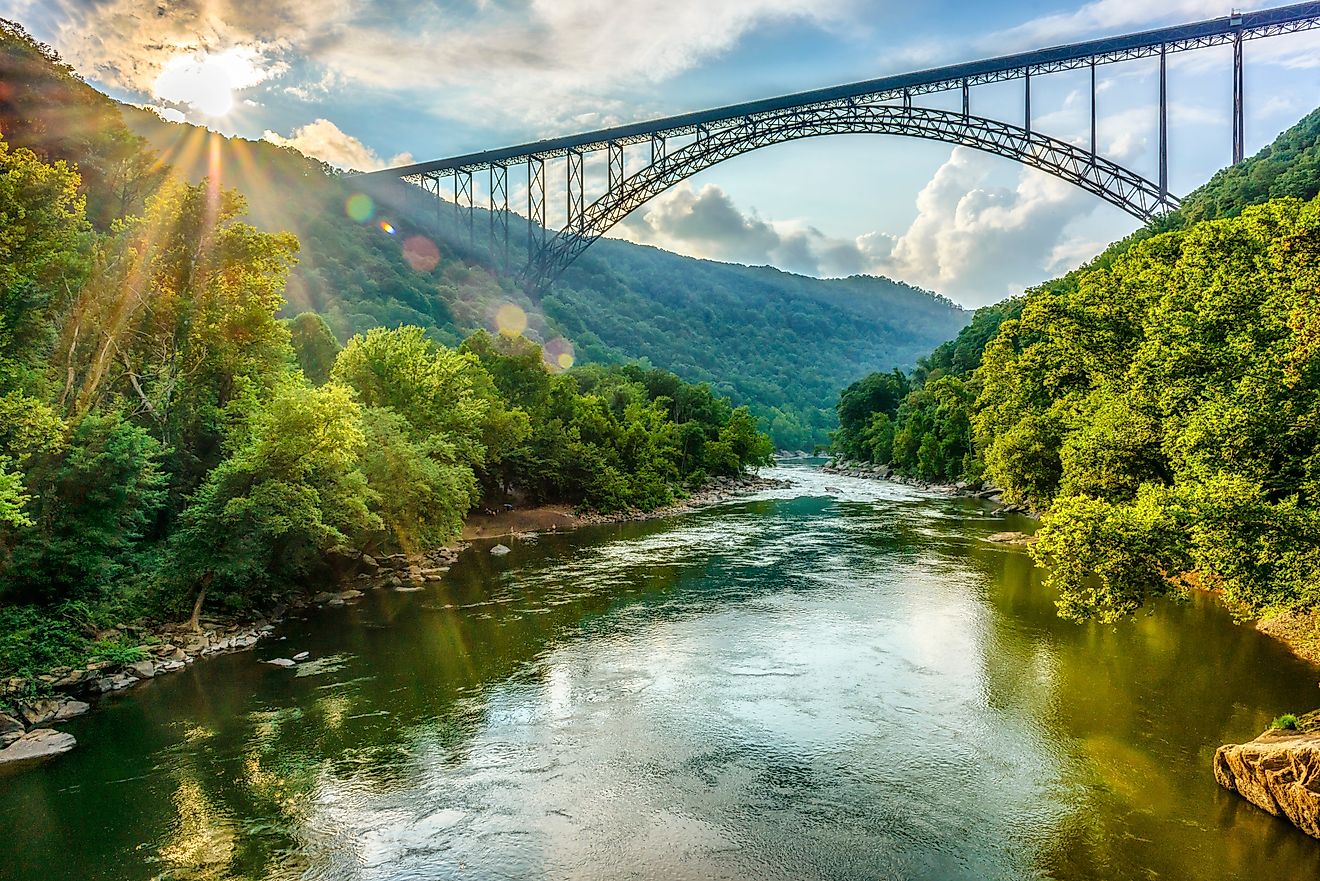
The Most Snake Infested Rivers In North Dakota
Of the sights expected for visitors and locals in North Dakota, the state best known for its agriculture and for having the fourth-smallest population in the United States, snakes may not make the list. But that doesn’t mean that those participating in watersports shouldn’t keep their eyes on the water below them. Despite having only 8 native species, there is still a chance that a snake could be encountered when enjoying a day at one of North Dakota's beautiful rivers or waterways. Of the 8 species found within, one of them is considered venomous, with established populations within the state, making it worthwhile for visitors to observe the water before cooling off beneath the waves.
Missouri River
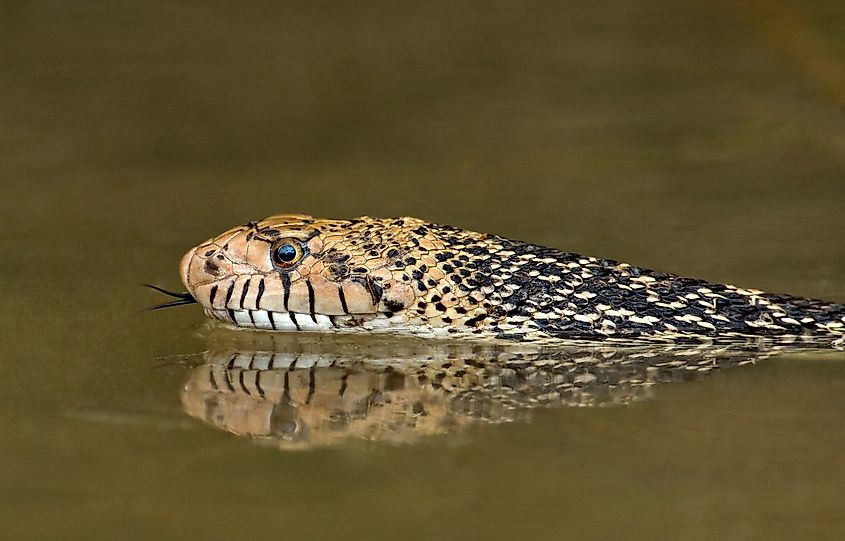
Originally created by glaciers over 30 million years ago, today the Missouri River is over 3,800 miles long from the beginning to the end. The start of the river is located in Montana, where the three rivers of Jefferson, Madison, and Gallatin meet, running for over 2,000 miles before eventually joining with the Mississippi River. It seems that no matter what state the river is observed in, it is naturally a magnet for those who enjoy water sports such as fishing, kayaking, canoeing, and even swimming. But before partaking in these activities, visitors may want to familiarize themselves with the reptiles who may be enjoying the river benefits alongside them: snakes.
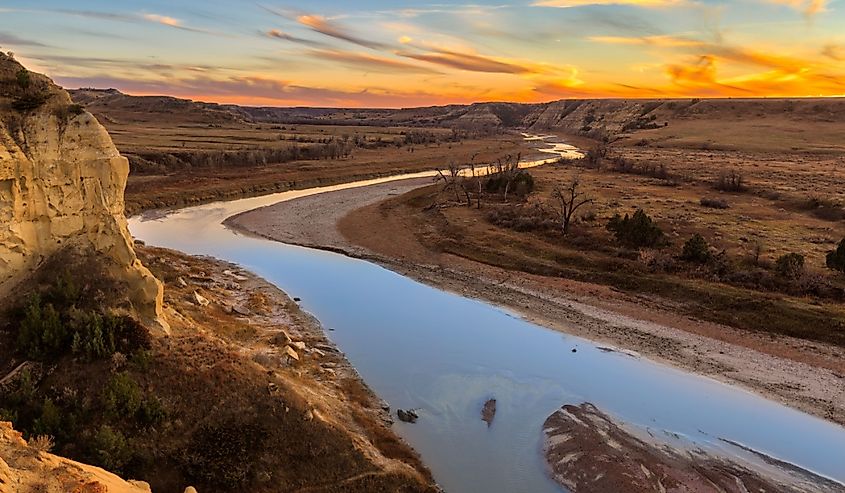
A common sighting on the Missouri River is the Prairie Rattlesnake (Crotalus viridis), which holds the title for North Dakota's only venomous species of snake. In fact, the sight of the rattlesnake crossing the river is so commonplace that fishermen are encouraged to keep a paddle close by in case they catch one of them trying to climb into their boat. A distressing thought for most, when considering the Prairie Rattler is the only venomous species of snake found within North Dakota.
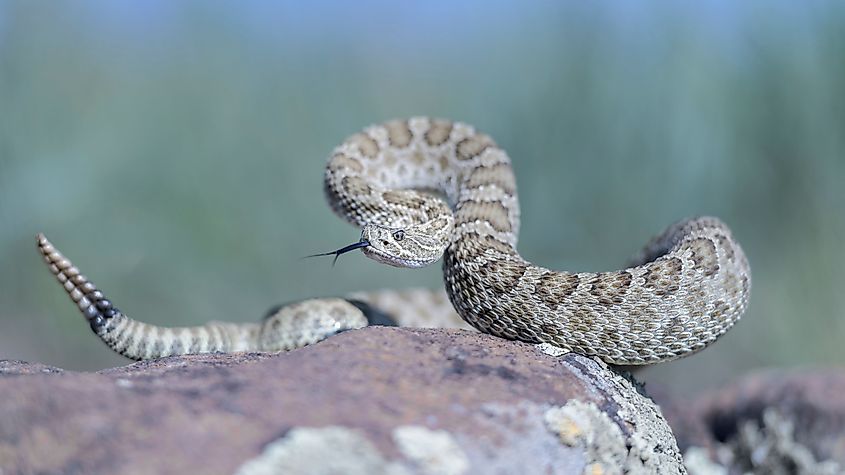
The main coloring of the Prairie Rattlesnake may appear to be grey, brown, or red, but they always have dark spots with a white outline. They have a triangular head that is wider than their body, and heat-sensing pits on the side of their faces, which aid them when searching for prey. They can grow up to five feet in length and feature a rattle at the end of their tails, which they shake when feeling threatened.
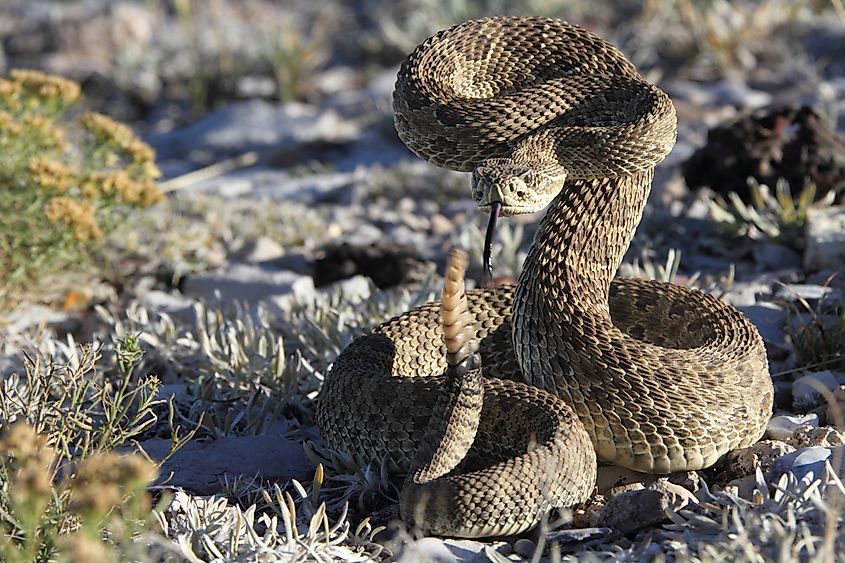
The Prairie Rattlesnake is quite distinctive from other snakes when the observer knows what to look for, though they are often mistaken for Bullsnakes (Pituophis catenifer) due to similar coloring and size, which are also found within the Missouri River. What makes this common mix-up even more concerning is that a bullsnake has been caught by a kayaker climbing onto her boat. Yes, that's right, the Bullsnakes are now also getting curious about these floatation devices, just as with the Prairie Rattlesnake, as they slither through the river.
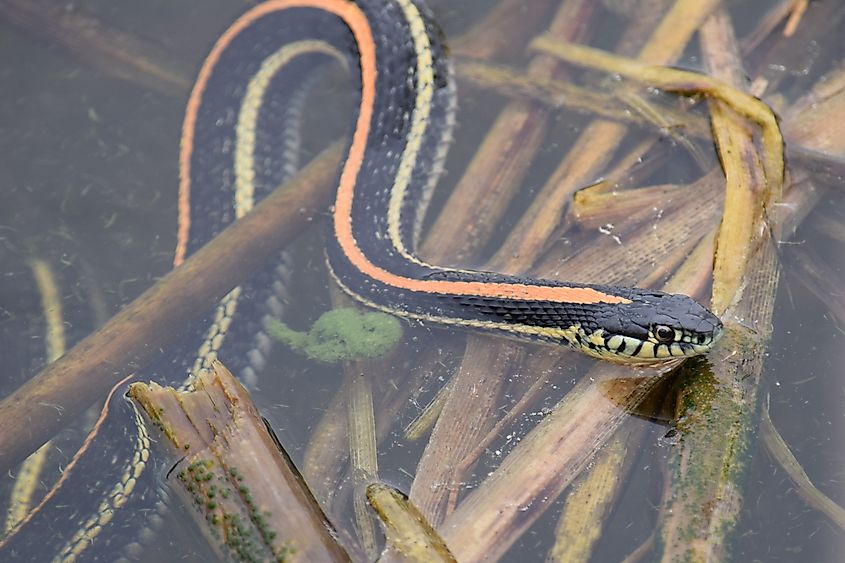
If one is encountered taking the liberty to join a kayaker's voyage, there is no need to panic. To distinguish the difference, first take a look at the shape of the head. If the pupil is in the shape of a slit, and there is a distinct rattle at the end of its tail, then it is likely a rattlesnake. Bullsnakes have rounded pupils, and though they copy the way a rattlesnake would shake its tail, hissing to create a noise which mimics it, they do not have a true rattle at the end of their tail.
Another snake that visitors of the Missouri River will likely spot is the Plains Garter Snake (Thamnophis sirtalis)
Red River (of the North)
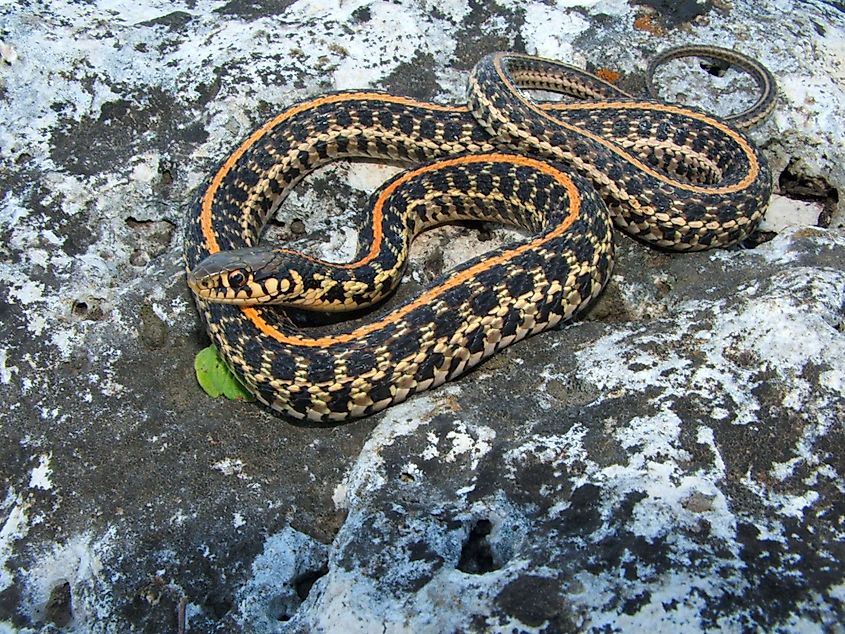
The Red River of the North begins at the meeting of the Otter Tail River and the Bois de Sioux. The valley surrounding the river once started as the bottom of Lake Agassiz, formed during the ice age. Today, the river flows for over 500 miles before pouring into Lake Winnipeg in Manitoba, Canada. The valley surrounding the river is known for its fertile soil, which is heavily used in agriculture today. It was named Red River because of the sediment that flows through the water, making it appear brownish-red.

As one of the most popular snakes found in North Dakota, it's likely not shocking to read that when visiting Red River, a Plains Gartersnake (Thamnophis radix) may be encountered. This type of snake normally prefers valleys near freshwater such as rivers and lakes, which makes the Red River, especially the Red River Valley surrounding it, the perfect spot for them. Their diet normally consists of amphibians, hence the preference for freshwater, slugs, and earthworms.

The Plains Gartersnake has a stripe down its back and down either side of its scales, which can appear either yellow or orange. The background color of the scales is typically black or a variety of brown, red, yellow, or green. This snake is often confused for the Common Gartersnake (Thamnophis sirtalis), which is also typically spotted near water, but the difference lies in the stripe along both sides of the snake. If the color of the stripe is clearly different then the color of the snake's belly, this means it is likely a Plains instead of a Common (which usually features stripes of the same color).
When visiting the rivers in North Dakota, especially the two mentioned, the Red River and the Missouri River, it is important to remember that the space is being shared with the local wildlife. Snakes have their purpose in the environment just as humans do, playing the roles of both prey and hunter well. Despite their potentially unsettling behaviours, such as coiling, posing to strike, or even rattling their tails, these creatures are not out to get visitors. They are simply trying to protect their homes, just like any animal would.


